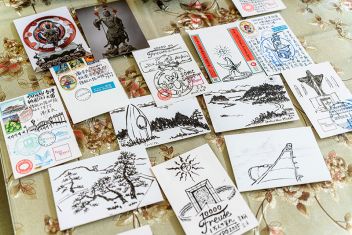Eight of the leading firms in Taiwan’s information and communications technology (ICT) sector—Acer, Asustek Computer, AU Optronics, Delta Electronics, Lite-On, Microsoft Taiwan, Pegatron, and the Taiwan Semiconductor Manufacturing Company—have formed the Taiwan Climate Partnership in order to share their carbon reduction experience and work with their supply chains to promote a comprehensive transformation to net-zero carbon emissions.





















